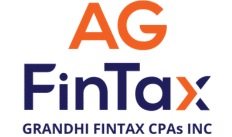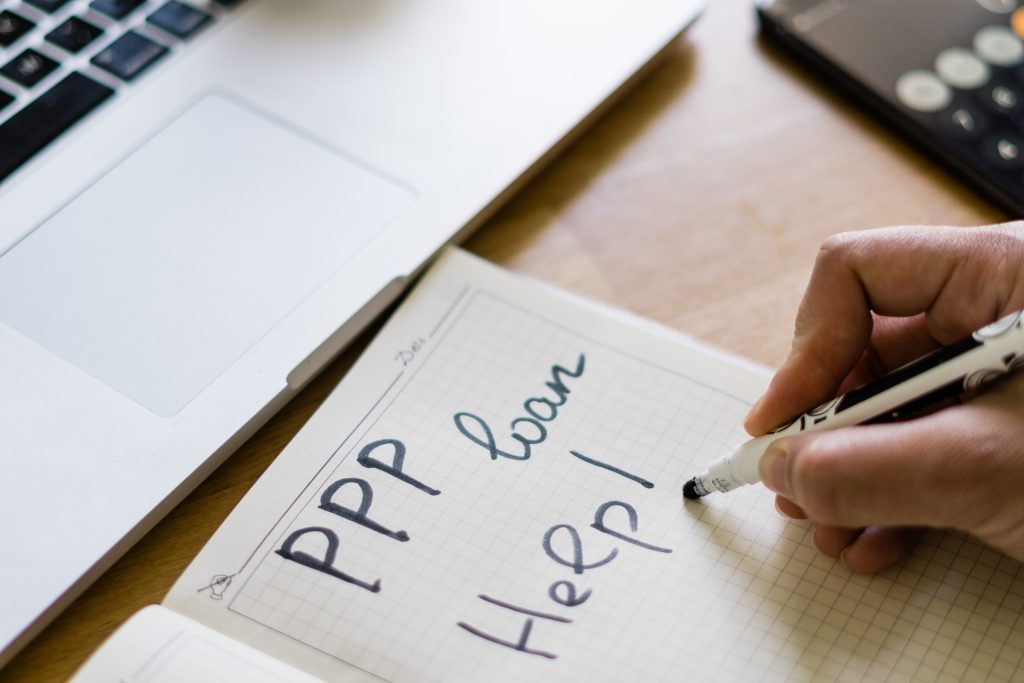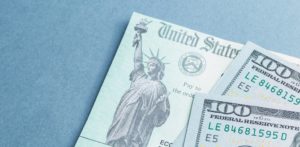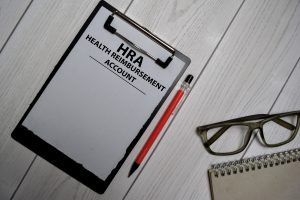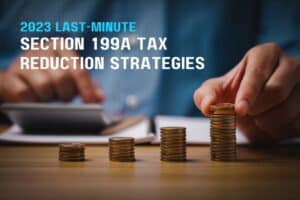Good Faith at the Time
Question: What are your thoughts on the repercussions for business owners who acted in good faith based on the information available at the time and are now left to do things that may be more questionable to earn Payroll Protection Program (PPP) loan forgiveness?
Answer: First, with good faith, there’s no fraud issue as there is no fraud intent. Second, lenders and individuals had to scramble for a good two months or more before guidance was clarified, so many of the PPP loan application forms were murky (and some still are).
Obtaining the loan based on the guidance that existed at the time of your loan application and approval is a nonissue. Further, during the early process, lenders used (and in some cases, still use) their own formulas to determine the loan amounts.
As to taking “questionable” actions to earn forgiveness, if you follow the forgiveness applications, you are doing nothing questionable.
And that’s what you should do: follow the instructions in the loan forgiveness applications. No funny business.
EIDL, EIDL Advance, and PPP
Question: I’m seeing the Economic Injury Disaster Loans (EIDL), EIDL advance, and the PPP. What are the differences?
Answer: We’ll deal with the big picture here. It will prove helpful.
PPP: The PPP is the cash infusion program of choice. The cash infusion part comes from a bank or other SBA lender and is based on your prior payroll (2019 in most cases). It comes into your business as a forgivable loan if you spend the money on defined payroll, interest, rent, and utilities during a period of up to 24 weeks.
Example: You receive a $50,000 PPP loan and spend it within the 24 weeks on defined payroll with no reduction in your employee head count. You qualify for 100 percent forgiveness.
EIDL: Unlike the PPP loan, which comes from a bank or other approved SBA lender, the EIDL is a loan directly
from the SBA; it carries a 3.75 percent interest rate, may require collateral, and must be repaid.
EIDL advance: The EIDL advance, when available, comes into play with the EIDL application. It’s an advance on the EIDL of up to $10,000. If you reject or don’t receive an EIDL and don’t have a PPP loan, the EIDL becomes a non-taxable grant and does not have to be repaid.
If you have a forgivable PPP loan, you reduce the amount of forgiveness by the amount of your EIDL advance.
Example: You have a forgivable PPP loan of $30,000 and an EIDL advance of $7,000. The lender will forgive $23,000 of your $30,000. Let’s say you pay off the remaining $7,000. In this case, you have received a net of $30,000 ($7,000 + $30,000 – $7,000).
Automatic Forgiveness of Small Loans
Question: My CPA just talked to my bank about loan forgiveness on my small PPP loan. To her surprise, the bank told her to sit on the application for forgiveness until fall because this banker heard that the SBA is going to simply forgive all loans under $500,000.
I hope this is true. My wife is ecstatic thinking that she doesn’t have to do anything with all the records needed for our forgiveness. Do you have any insights on this?
Answer: Yes. But temper your hope—there’s a twisty road from what we see now and a new law that provides automatic PPP forgiveness.
In a congressional committee hearing, Congressman Chabot asked Secretary Mnuchin about forgiving all PPP loans of $150,000 or less.
Secretary Mnuchin said that was something we should consider, but added that we should obviously make sure there’s some fraud protection.
Senators seem warm to the idea.
S. 4117 would create a one-page attestation form for automatic forgiveness of PPP loans of
$150,000 or less. It has 23 cosponsors (three Democrats and 20 Republicans).
S. 4321 also creates automatic forgiveness for PPP loans of $150,000 or less and was introduced on Monday, July 27, 2020, by Senators Rubio and Collins.
At this moment, these are the insights we have. We don’t have a projection on this becoming law, but we can hope.
Owner-Employees:
Question: Who are owner-employees?
Answer: As we explained in PPP Loan Forgiveness for Partnerships and S and C Corporations, there are four types of owner-employees:
- General partners in partnerships
- S corporation shareholder-employees
- C corporation shareholder-employees
- Form 1040 Schedule C filers (e.g., the self-employed, sole proprietors, 1099 recipients, single member LLCs, and husband and wife LLCs treated as single-member LLCs).
